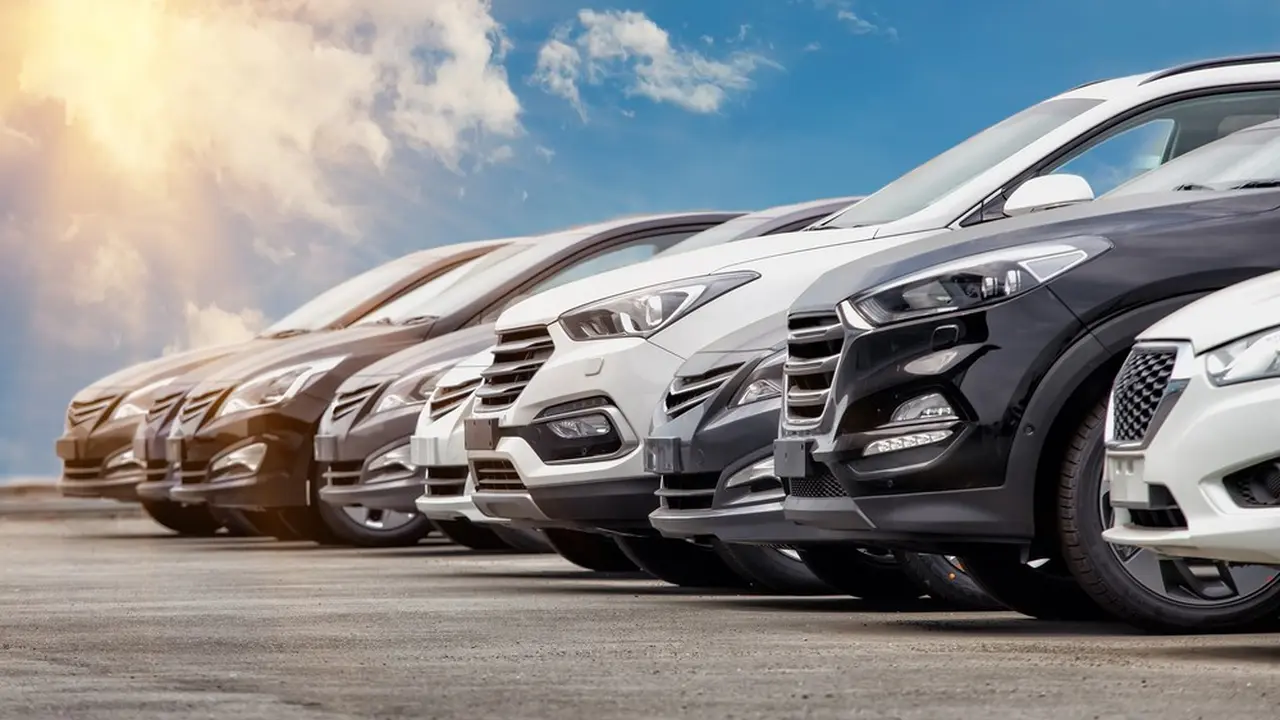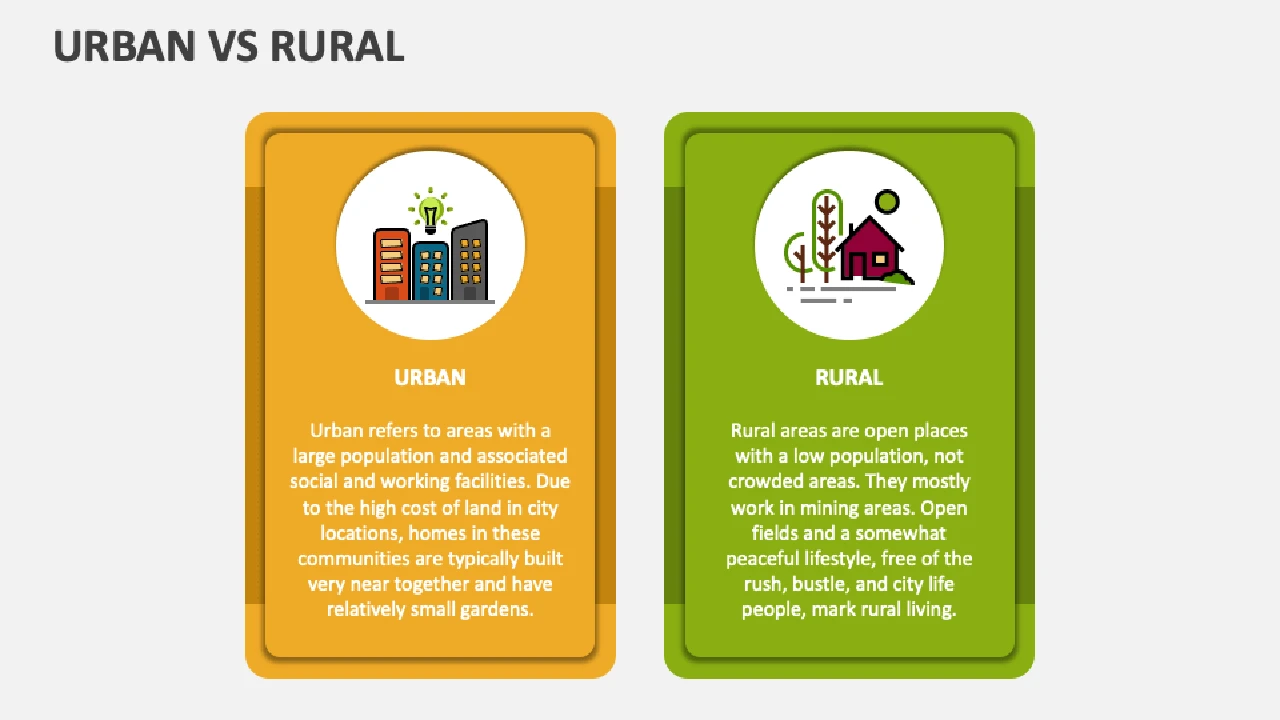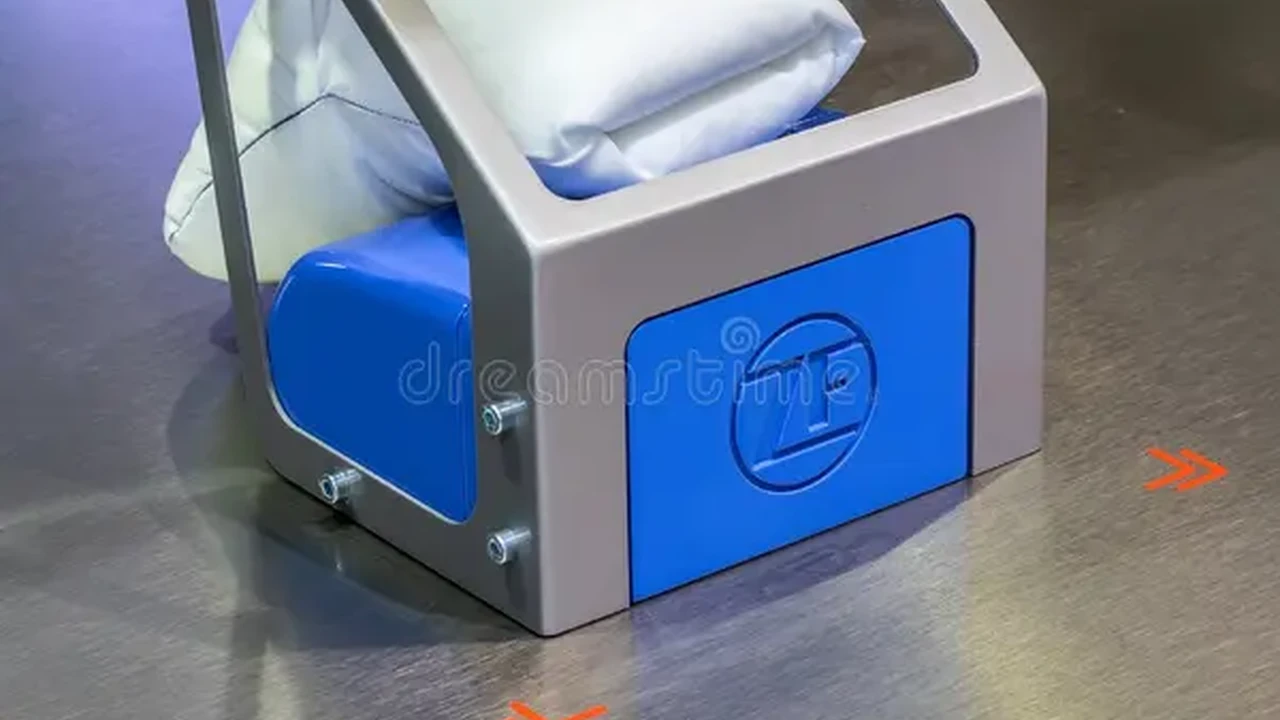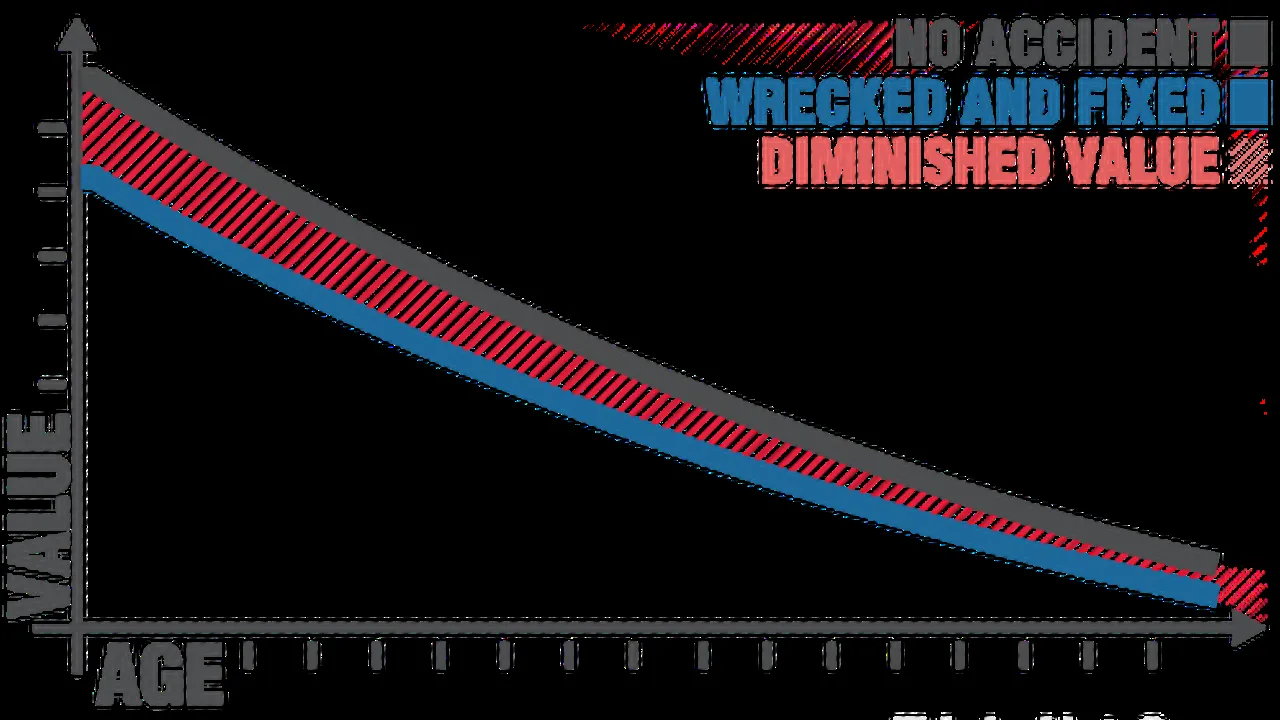Exchanging Information After an Accident: What You Need to Know
Sample meta description.
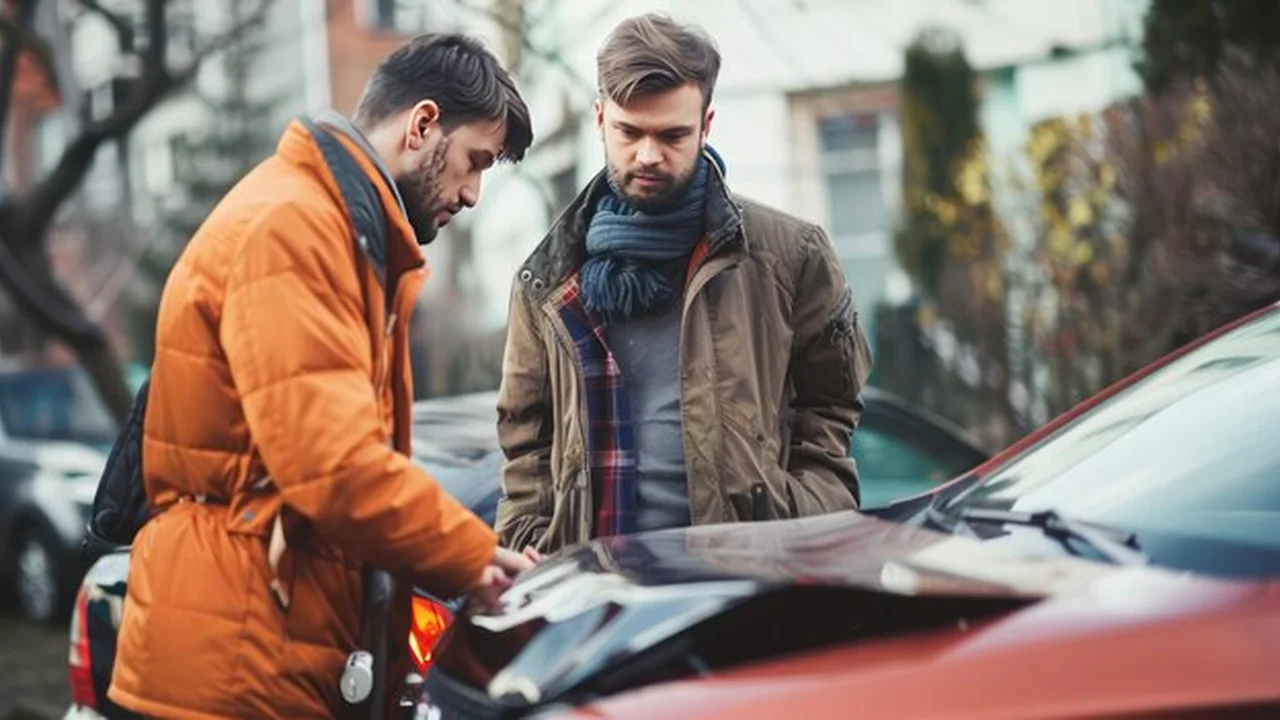
Understanding Your Legal Obligations Post Accident Information Exchange
Okay, so you've just been in a fender bender, or something a bit more serious. Your heart's pounding, you're probably a little shaken up, and the last thing you want to do is think about paperwork. But exchanging information after an accident is crucial, not just for insurance purposes but also because it’s often legally required. Ignoring this step can lead to complications down the road, including potential legal issues. Let's break down what you absolutely *need* to do.
First things first, check for injuries. If anyone is hurt, call for medical assistance immediately. Don't even think about exchanging information until everyone's safety is assured. If it's safe to do so, move the vehicles out of the flow of traffic to prevent further accidents. Turn on your hazard lights – safety first!
Essential Information to Exchange After a Car Crash Accident Details
Now, let's talk about the information you need to gather and provide. This isn't about assigning blame; it's about creating an accurate record of what happened. Here's your checklist:
- Full Names and Contact Information: This is the most obvious, but make sure you get accurate spellings and complete addresses. A wrong phone number can cause huge delays.
- Driver's License Information: Note down the driver's license number, issuing state, and expiration date.
- Vehicle Information: Get the make, model, year, and license plate number of all vehicles involved. Also, note the Vehicle Identification Number (VIN), which can usually be found on the dashboard or inside the driver's side door.
- Insurance Information: This is super important. Get the name of the insurance company, policy number, and contact information for the insurance agent. Take a picture of the insurance card if possible.
- Witness Information: If there were any witnesses to the accident, get their names and contact information as well. Their statements can be invaluable in determining fault.
- Location, Date, and Time of the Accident: Be precise. Use GPS on your phone to record the exact location.
- A Brief Description of the Accident: Write down a short, factual account of what happened. Stick to the facts and avoid admitting fault. For example, instead of saying "I ran the red light," say "My vehicle entered the intersection."
Pro Tip: Use your phone to take pictures of everything – the damage to the vehicles, the scene of the accident, the other driver's license and insurance card, and any relevant road signs or traffic signals. A picture is worth a thousand words, especially when dealing with insurance companies.
Accident Reporting Apps and Devices Streamlining the Information Exchange Process
In today's digital age, there are apps and devices designed to make the post-accident information exchange process smoother and more efficient. Here are a few recommendations:
Smartphone Apps for Accident Documentation and Reporting
- Car Accident Report App (Various): Many insurance companies offer their own apps that guide you through the information-gathering process and allow you to submit a claim directly from the scene. These apps often include features like photo documentation, GPS location tracking, and pre-filled forms. Progressive, Geico, and State Farm all have highly rated apps. Price: Free (for policyholders).
- WreckCheck: This app provides a structured way to collect information, including driver information, vehicle details, witness statements, and accident diagrams. It can also generate a PDF report that you can easily share with your insurance company. Price: Around $4.99.
- iWrecked: Similar to WreckCheck, iWrecked helps you document the accident scene with photos and videos, collect information from other parties, and create a detailed accident report. Price: Around $2.99.
Dash Cams with Accident Detection and Information Recording
Dash cams are becoming increasingly popular for a reason. They provide video evidence of what happened before, during, and after an accident. Some dash cams even have built-in GPS and G-sensors that can automatically detect an accident and save the footage. Here are a few popular options:
- Garmin Dash Cam 67W: This dash cam offers a wide 180-degree field of view, excellent video quality, and automatic incident detection. It also includes voice control and GPS. Price: Around $200.
- Usage Scenario: Daily commuting, road trips, professional drivers.
- Comparison: Superior video quality and wider view compared to cheaper models. Voice control is a convenient feature.
- Thinkware Q800 Pro: This dash cam boasts 2K QHD recording, advanced driver assistance system (ADAS) features, and parking surveillance mode. It also has built-in Wi-Fi for easy file transfer. Price: Around $350.
- Usage Scenario: Drivers concerned about parking incidents, long-haul drivers.
- Comparison: Higher price point but offers advanced features like ADAS and parking surveillance. 2K QHD recording provides sharper images.
- Vantrue N4: A triple dash cam recording front, interior, and rear simultaneously. Ideal for rideshare drivers. Price: Around $300.
- Usage Scenario: Rideshare drivers, taxi drivers, families.
- Comparison: Unique triple recording capability, ensuring comprehensive coverage.
Bluetooth-Enabled Emergency Beacons
These devices automatically alert emergency services in the event of a severe accident. They use sensors to detect a crash and then send a signal to a monitoring center, which can dispatch help to your location.
- Automatic Pro: While not strictly for information exchange, Automatic Pro plugs into your car's OBD-II port and can automatically detect accidents and alert emergency services. It also tracks your driving habits and provides insights into your car's performance. Price: Discontinued (check for used options).
- Usage Scenario: Peace of mind for families, senior drivers, high-risk drivers.
- Comparison: Provides a comprehensive connected car experience beyond just accident detection.
- ZUS Smart Car Charger: This charger detects car accidents and will automatically call for help. Price: around $30.
- Usage Scenario: General users who want basic emergency assistance.
- Comparison: Cost-effective solution compared to dedicated emergency beacons.
Navigating the Aftermath Dealing with Insurance Companies and Legal Issues
Once you've exchanged information, the real work begins. You'll need to contact your insurance company to file a claim. Be prepared to provide them with all the information you gathered at the scene, including photos, witness statements, and a detailed description of the accident.
It's crucial to be honest and accurate when dealing with your insurance company. However, avoid admitting fault or speculating about what caused the accident. Let the insurance companies investigate and determine liability.
If you've been injured in the accident, or if there's significant property damage, you may want to consult with an attorney. An attorney can help you understand your rights and navigate the complex legal process. They can also negotiate with the insurance companies on your behalf.
Common Mistakes to Avoid Post Accident Information Handling
Here are a few common mistakes people make after an accident that can complicate things later on:
- Admitting Fault: As mentioned earlier, avoid admitting fault at the scene of the accident. Even if you think you were responsible, let the insurance companies investigate and determine liability.
- Failing to Get All the Necessary Information: Make sure you get all the essential information listed above. Don't rely on your memory.
- Not Reporting the Accident: In some cases, you may be required to report the accident to the police, even if there are no injuries. Check your state's laws to see what your obligations are.
- Delaying Reporting the Accident: The sooner you report the accident to your insurance company, the better. Delays can raise red flags and complicate the claims process.
- Signing Anything Without Reading It Carefully: Don't sign anything from the other driver or their insurance company without carefully reviewing it with an attorney.
Staying Calm and Collected During a Car Accident Information Exchange
Easier said than done, right? But staying calm and collected is essential for exchanging information effectively. Take a deep breath, focus on gathering the facts, and avoid getting into an argument with the other driver. Remember, this isn't about assigning blame; it's about creating an accurate record of what happened.
If you're feeling overwhelmed or stressed, don't hesitate to ask for help. Call a friend or family member, or contact your insurance company for guidance. And remember, your safety and well-being are the top priorities. Everything else can be sorted out later.
:max_bytes(150000):strip_icc()/277019-baked-pork-chops-with-cream-of-mushroom-soup-DDMFS-beauty-4x3-BG-7505-5762b731cf30447d9cbbbbbf387beafa.jpg)



